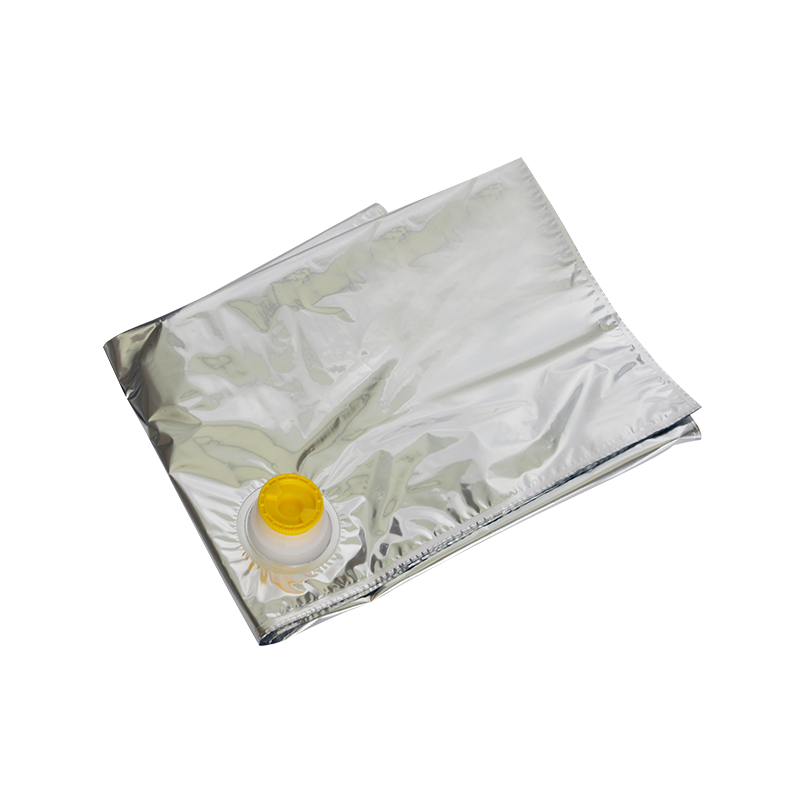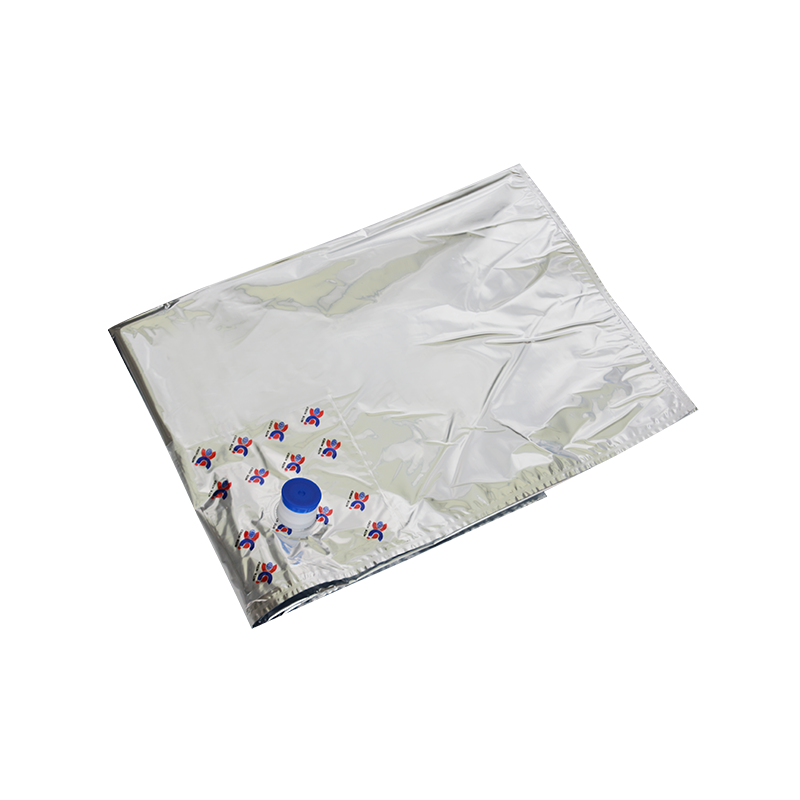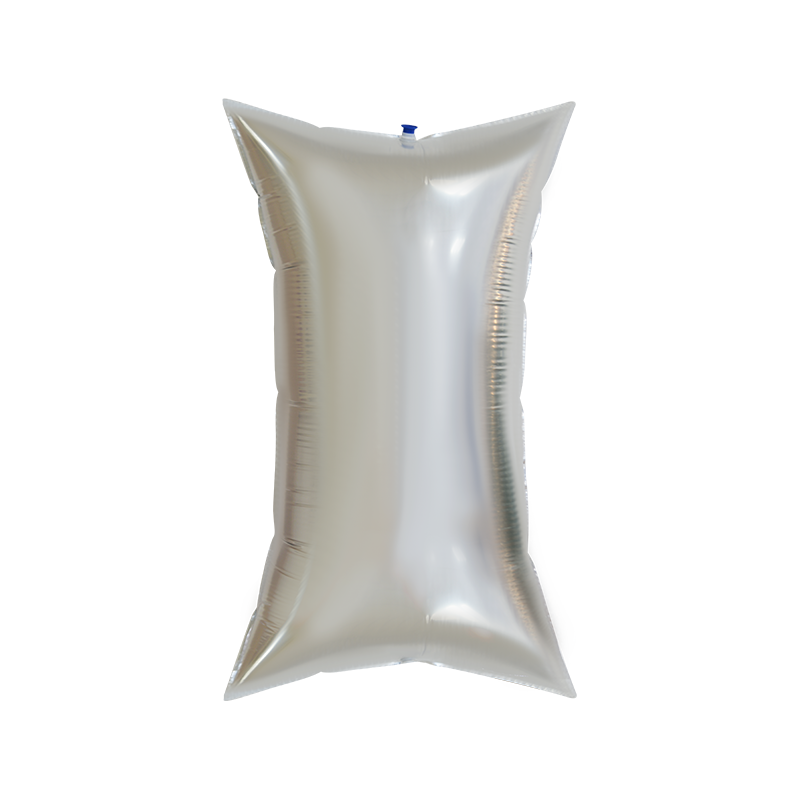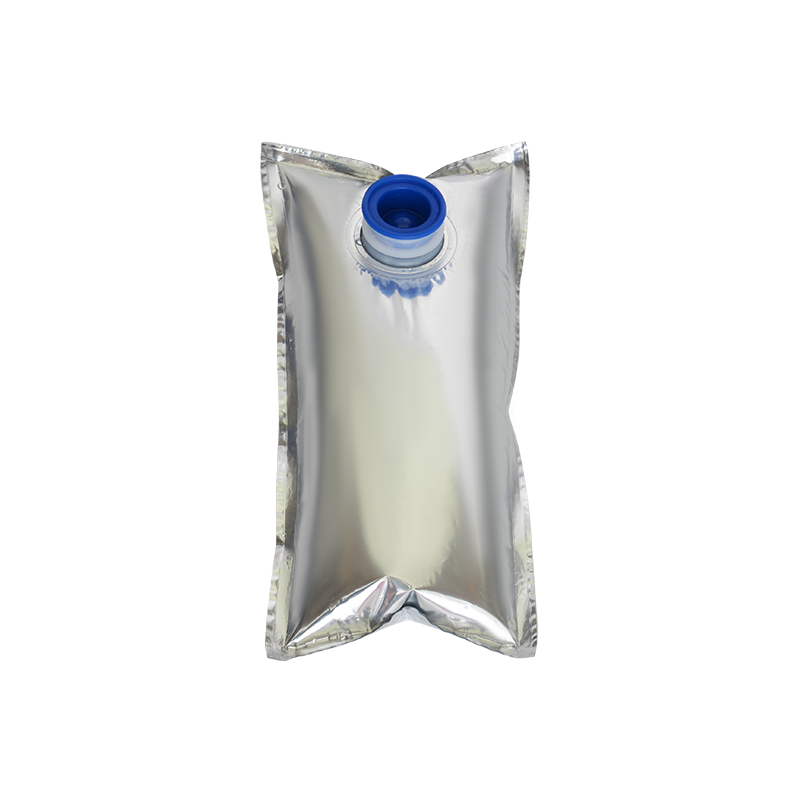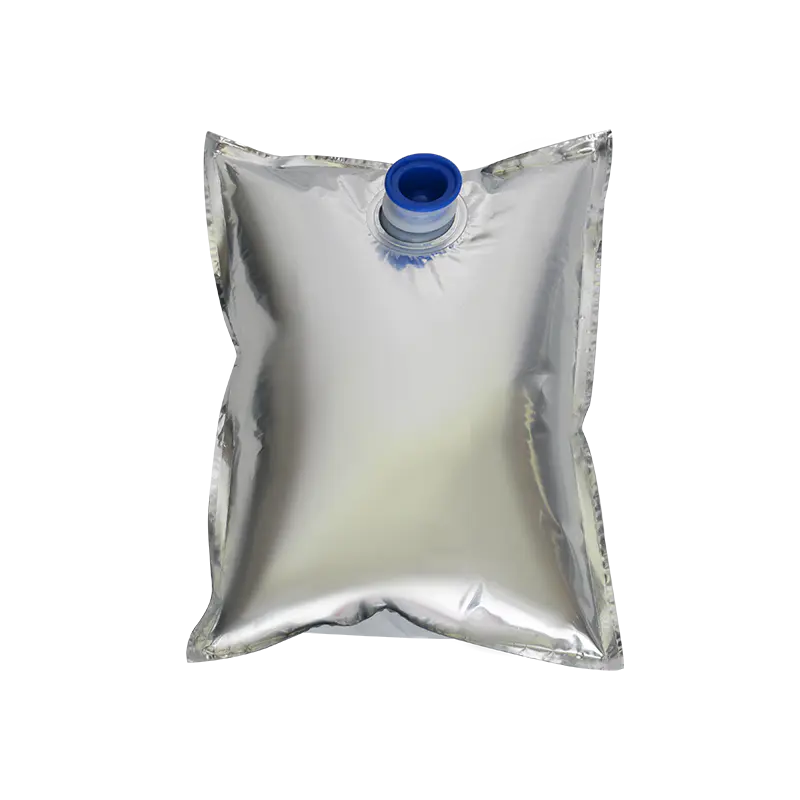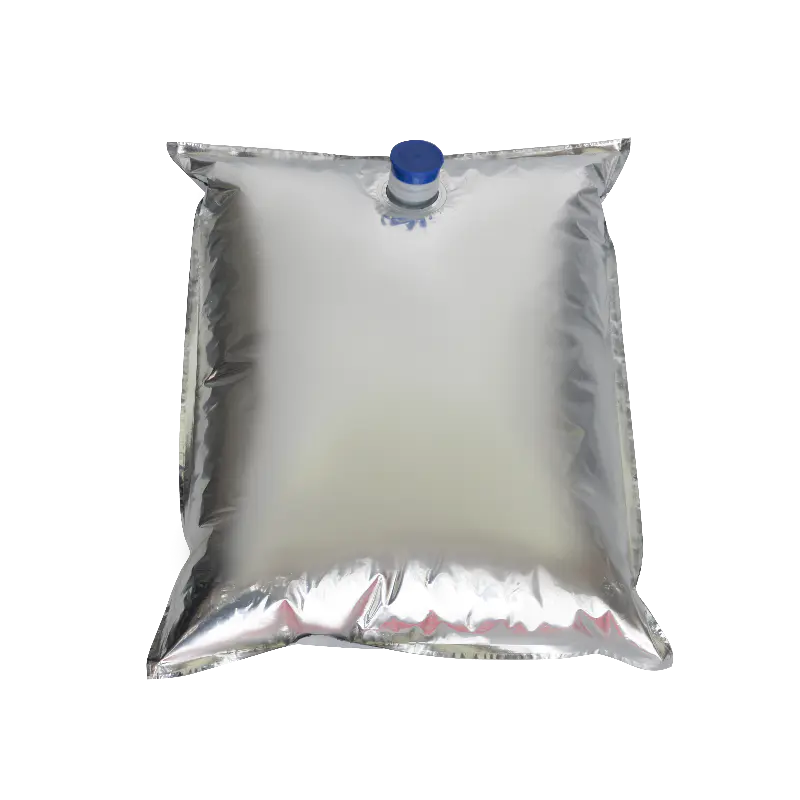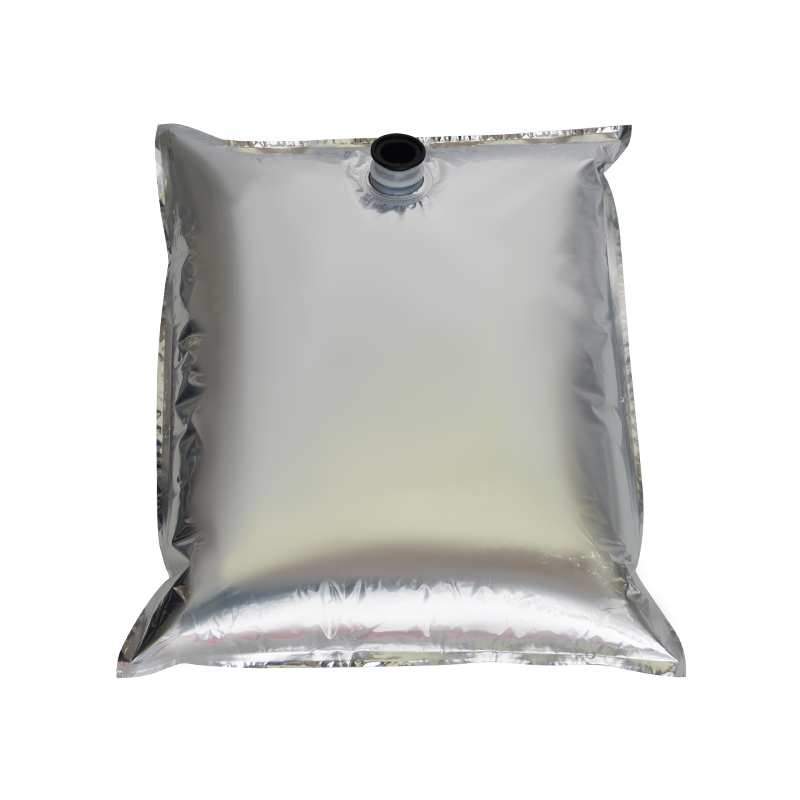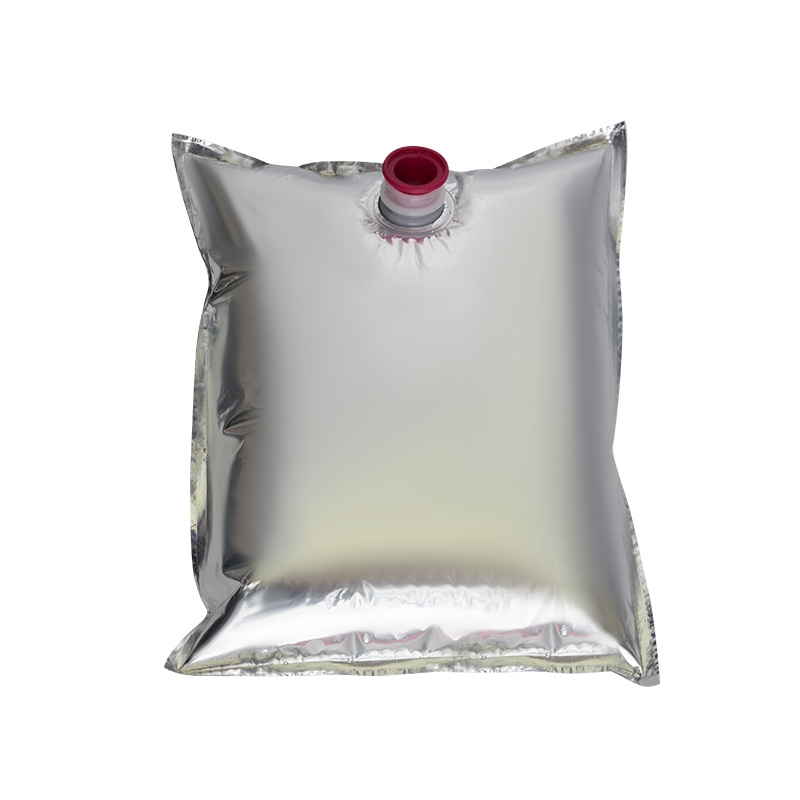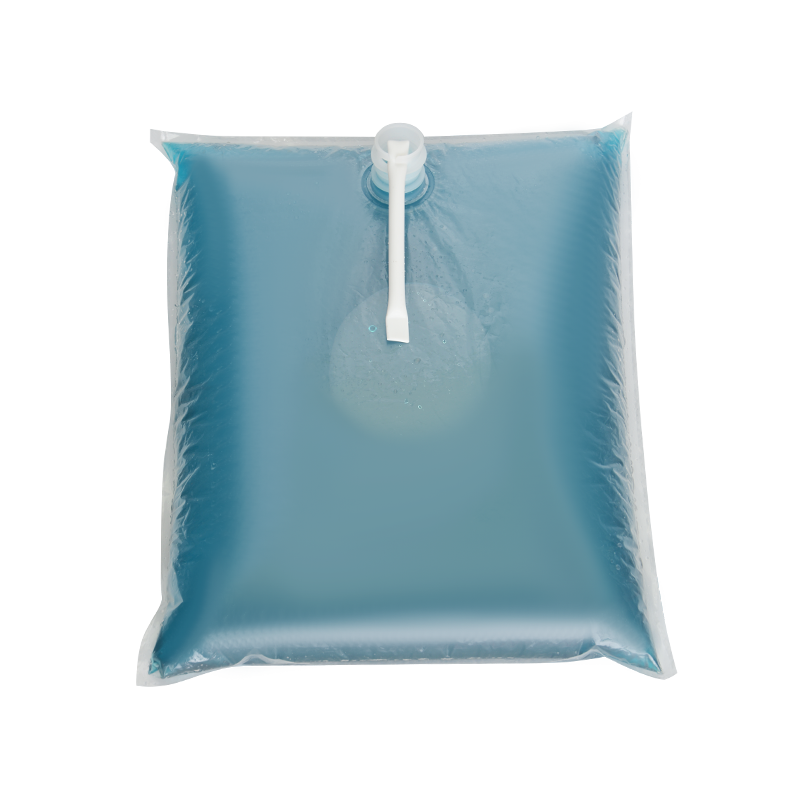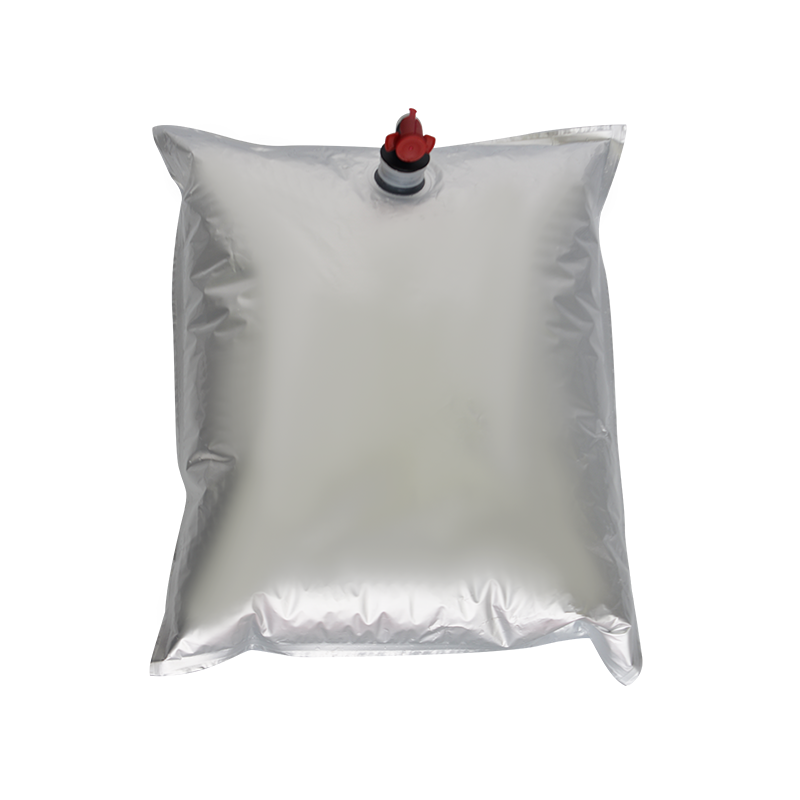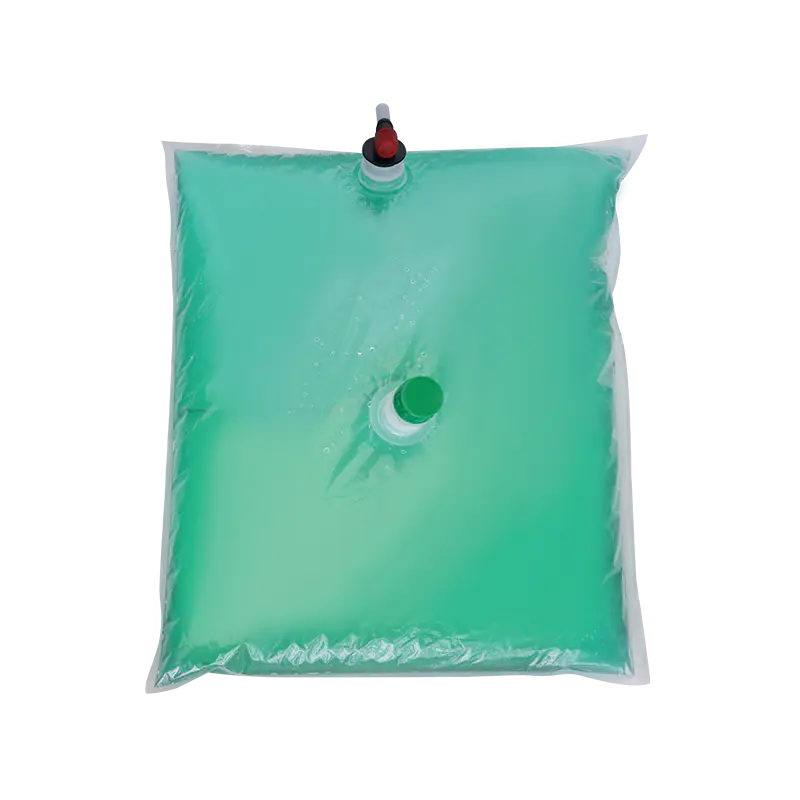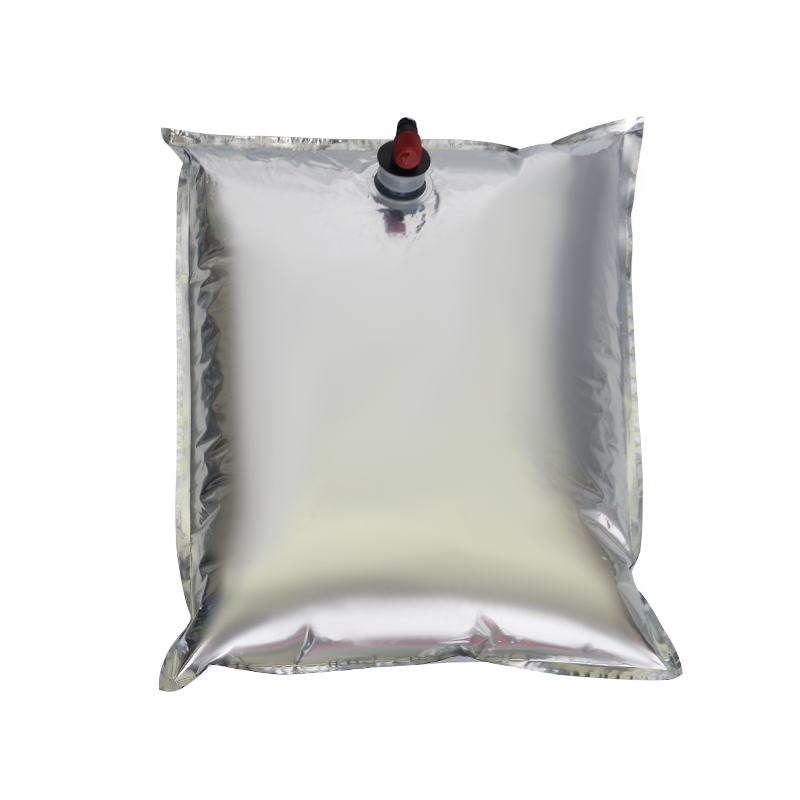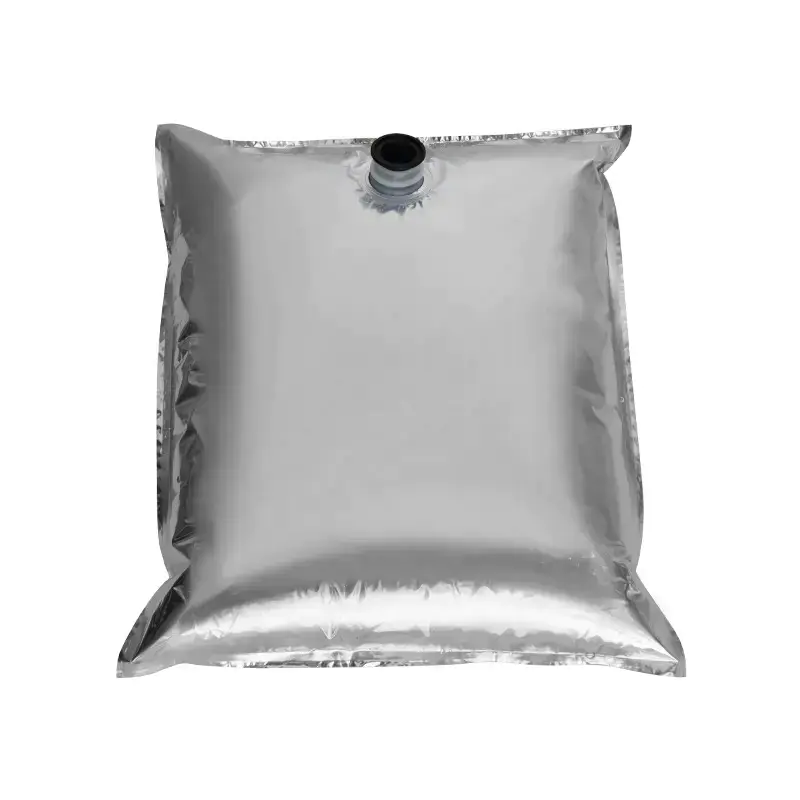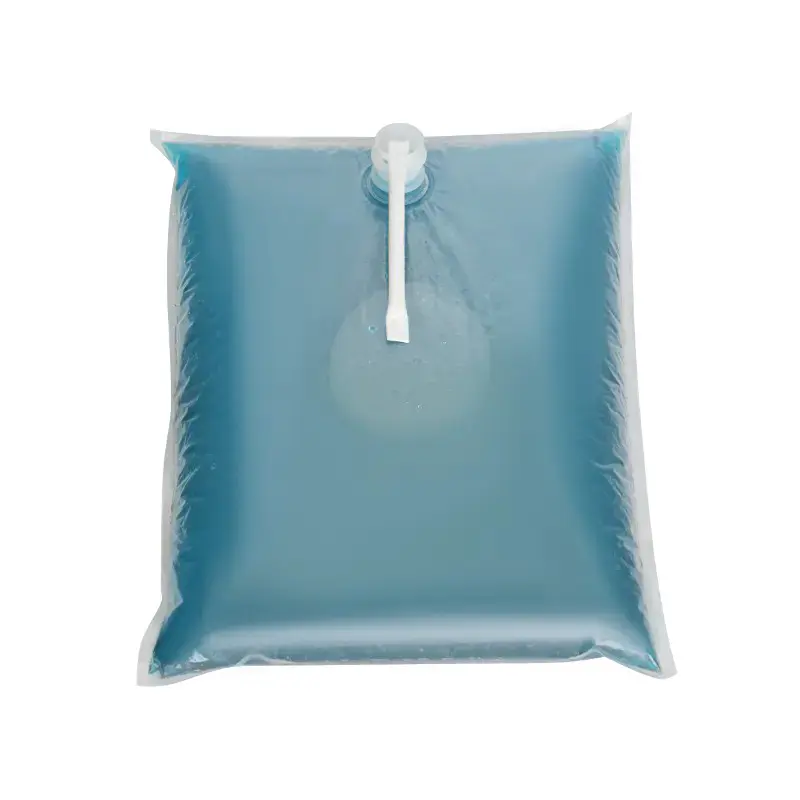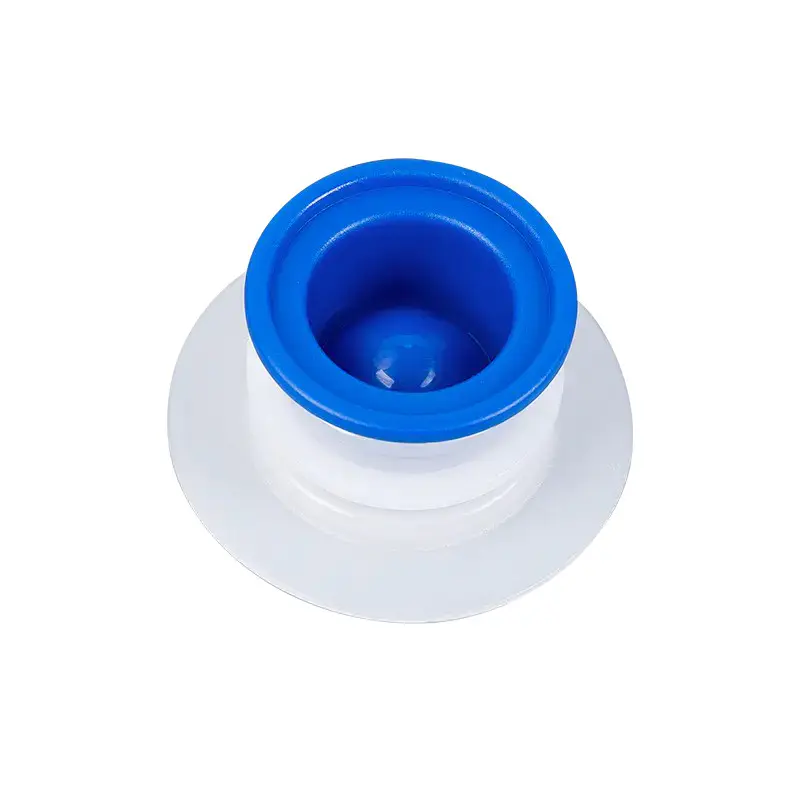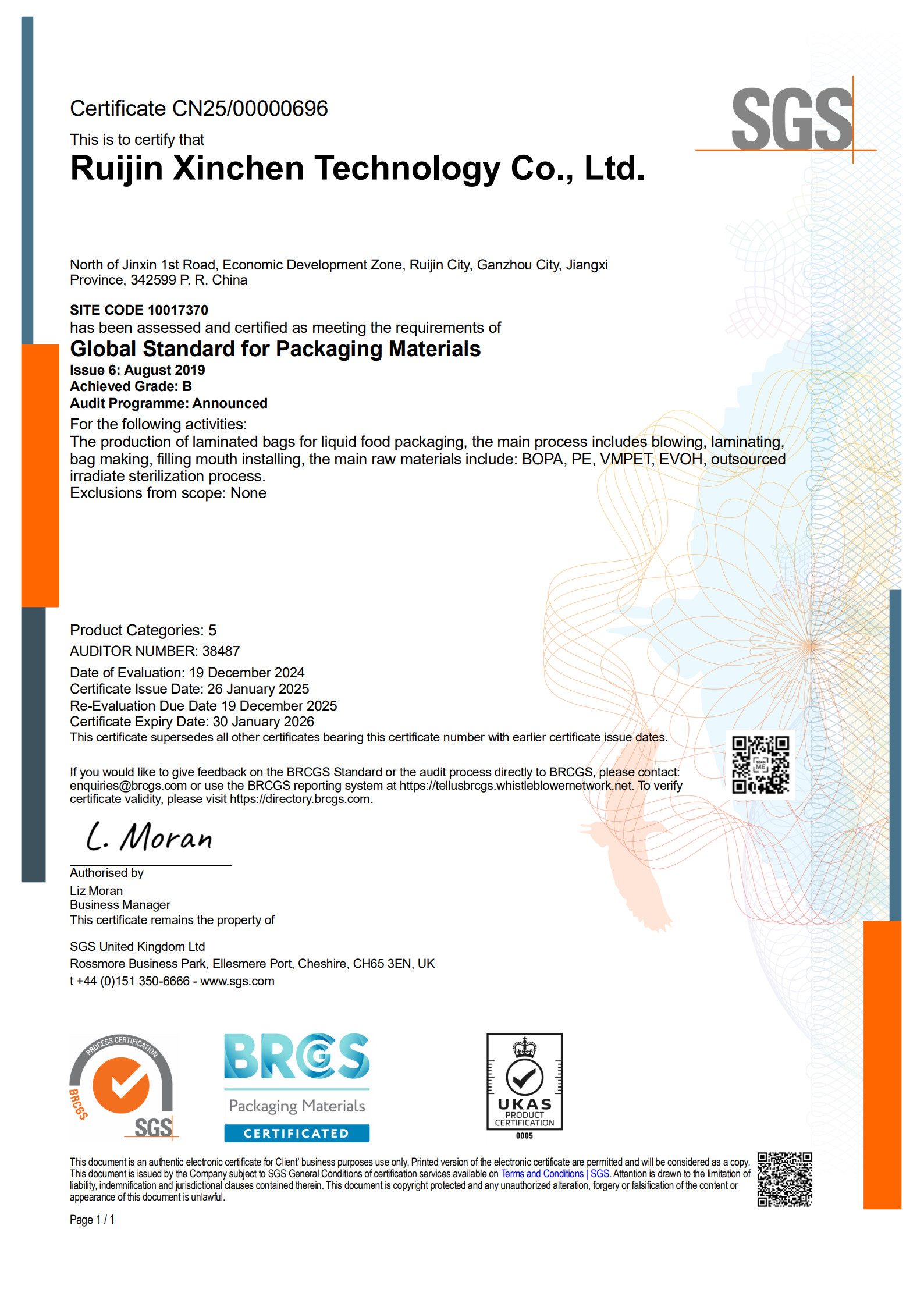
I. Introduction
In a world increasingly focused on sustainability, efficiency, and convenience, innovative packaging solutions are more critical than ever. Among these, Bag-in-Box (BiB) packaging has emerged as a surprisingly versatile and impactful contender, moving far beyond its humble beginnings to become a staple across numerous industries. But what exactly is Bag-in-Box packaging, and why is it gaining such prominence?
At its core, Bag-in-Box packaging consists of a flexible bag, often made of multiple layers to protect its contents, fitted with a tap or dispenser, and enclosed within a rigid outer container, typically a corrugated cardboard box. This seemingly simple design offers a powerful combination of benefits: it extends product shelf life, reduces environmental impact, and enhances user convenience. This article will delve into the multifaceted advantages and diverse applications that establish Bag-in-Box as a truly versatile and sustainable packaging solution for the modern era.
II. A Brief History and Evolution of Bag-in-Box
The concept of Bag-in-Box packaging is not as new as some might assume. Its origins can be traced back to the 1950s, with the first patent for a Bag-in-Box system granted to William R. Scholle in 1955. Scholle's initial vision was to create a more efficient and hygienic way to transport and dispense battery acid.
Early applications were primarily industrial, focusing on bulk liquids like chemicals, detergents, and institutional food products. The robust nature and efficient storage of BiB made it an ideal choice for large-volume industrial use. However, it wasn't long before its potential for consumer goods, particularly wine, was recognized. The 1970s saw the introduction of BiB wine in Australia, a move that initially faced skepticism but gradually gained traction due to its practical advantages.
Over the decades, the technology behind BiB has evolved significantly. Advances in material science have led to sophisticated multi-layer films with superior barrier properties against oxygen, light, and moisture, crucial for preserving sensitive products. Dispensing mechanisms have become more user-friendly and reliable, preventing air ingress and ensuring controlled pouring. Furthermore, the development of aseptic and hot-fill technologies has broadened the range of perishable products that can be safely packaged in BiB, from dairy to juices.

III. Components of a Bag-in-Box System
A Bag-in-Box system is a carefully engineered solution comprising three primary components: the bag, the fitment/tap, and the box, complemented by specialized filling equipment.
A. The Bag
The heart of the BiB system is the flexible bag, which directly holds the product. These bags are typically constructed from multi-layer films, each layer serving a specific purpose. Common materials include polyethylene (PE) for strength and sealing, ethylene vinyl alcohol (EVOH) for excellent oxygen barrier properties, and metallized films (e.g., PET with aluminum) for superior light and oxygen protection. The choice of material depends heavily on the product's sensitivity to oxygen, light, and moisture.
Crucially, the bags are designed to collapse as the product is dispensed, preventing air from entering and thus extending shelf life. Sterilization methods are also vital, particularly for perishable goods. Aseptic filling involves sterilizing both the product and the bag separately before filling in a sterile environment, while hot-fill methods involve filling the product while it is still hot, using its own heat to sterilize the bag.
B. The Fitment/Tap
The fitment, or tap, is the dispensing mechanism attached to the bag. It plays a critical role in user experience and product preservation. There are various types of taps, ranging from simple pull-out spouts to more sophisticated push-button or specialized connectors for commercial dispensing systems.
The functionality of the fitment is paramount: it must provide ease of use for the consumer, ensure controlled and drip-free dispensing, and, most importantly, prevent air from entering the bag during and after use. This air-tight seal is a key factor in maintaining the product's freshness and extending its shelf life once opened.
C. The Box
The outer box provides structural integrity, protection for the inner bag, and serves as the primary surface for branding and consumer information. Typically made from corrugated cardboard or solid board, the box is designed to withstand the rigors of transportation and stacking.
Beyond its protective function, the box offers significant printability and branding opportunities. Its flat surfaces allow for high-quality graphics, vibrant colors, and detailed product information, making it an effective marketing tool on retail shelves.

D. Filling Equipment
The efficiency and hygiene of the BiB system are heavily reliant on the filling equipment. This ranges from manual fillers for small-scale operations to semi-automatic and fully automatic machines for high-volume production. Modern filling machines are designed to be precise, minimize product waste, and maintain sterile conditions, especially for aseptic applications.
IV. Key Advantages of Bag-in-Box Packaging
The widespread adoption of Bag-in-Box packaging is a testament to its numerous compelling advantages across economic, environmental, and consumer-centric fronts.
A. Extended Shelf Life
One of the most significant benefits of BiB is its ability to dramatically extend the shelf life of products, both before and after opening. The multi-layer bag, combined with the collapsing design and air-tight fitment, minimizes exposure to oxygen and light, which are primary causes of product degradation. Aseptic filling further enhances this, allowing perishable goods to be stored at ambient temperatures for extended periods without preservatives. This reduction in spoilage translates directly into less product waste for both producers and consumers.
B. Cost-Effectiveness
BiB packaging offers substantial cost savings throughout the supply chain. The materials used for bags and boxes are generally less expensive than rigid alternatives like glass bottles or metal cans. Furthermore, the lightweight and cuboid shape of filled BiB packages optimize space utilization during transportation and storage, leading to lower shipping costs and more efficient warehousing. Empty BiB components are also shipped flat, reducing inbound freight costs and storage space requirements.
C. Environmental Benefits
Bag-in-Box packaging boasts a strong environmental profile. It typically uses significantly less material than traditional rigid packaging for the same volume of product, resulting in a reduced carbon footprint from manufacturing to disposal. The lighter weight and efficient stacking also contribute to lower transport emissions. While the recyclability of the multi-layer bag can be a challenge in some regions due to lack of specialized infrastructure, the cardboard box is widely recyclable, and ongoing innovations are focused on improving the overall recyclability of the entire system. Moreover, by extending shelf life and preventing air ingress, BiB significantly reduces food and beverage waste, a major environmental concern.
D. Convenience and User Experience
For consumers, BiB offers unparalleled convenience. The integrated tap allows for easy, controlled, and mess-free dispensing. For larger volumes, it eliminates the need to lift heavy bottles. The collapsing bag ensures that the product remains fresh even after multiple uses, unlike bottles that introduce air with each pour. Smaller BiB formats are also highly portable, while larger ones offer space efficiency in refrigerators or pantries, especially post-consumption when the empty bag can be discarded and the box flattened.
E. Safety and Hygiene
The sealed nature of the Bag-in-Box system inherently enhances product safety and hygiene. Once filled, the product remains protected from external contaminants. The risk of breakage, a common concern with glass bottles, is virtually eliminated, making BiB a safer option for both handling and transport.
V. Diverse Applications of Bag-in-Box
While often associated with wine, Bag-in-Box packaging's versatility extends to a vast array of products across both food and non-food sectors.
A. Food & Beverage
- Wine: This is arguably the most recognized application. BiB wine offers extended freshness after opening (often weeks or months), convenience, and a lower environmental impact compared to glass bottles, making it popular for everyday consumption and gatherings.
- Juices and Concentrates: The excellent barrier properties of BiB bags make them ideal for preserving the freshness and nutritional value of fruit juices, both for retail and institutional use.
- Dairy Products: Milk, cream, and even yogurt can be found in BiB, particularly in larger formats for commercial kitchens or households with high consumption.
- Edible Oils: BiB protects oils from oxidation and light, preserving their flavor and quality.
- Syrups and Sauces: From coffee syrups to ketchup and mayonnaise, BiB offers a hygienic and efficient dispensing solution for both food service and industrial applications.
- Water: Large format BiB water provides a convenient and often more sustainable alternative to bottled water.
B. Non-Food Applications
The benefits of BiB extend far beyond consumables:
- Chemicals and Industrial Liquids: Detergents, lubricants, coolants, and other industrial chemicals are frequently packaged in BiB due to its robust nature, ease of handling, and reduced risk of spills.
- Healthcare and Medical Solutions: BiB is used for certain medical fluids, disinfectants, and even some pharmaceutical products, where sterility and controlled dispensing are paramount.
- Cosmetics and Personal Care Products: Larger format soaps, lotions, and sanitizers are increasingly appearing in BiB, offering bulk options and reducing plastic waste from smaller containers.
VI. Challenges and Considerations
Despite its numerous advantages, Bag-in-Box packaging does face certain challenges and considerations that influence its adoption.
A. Perception and Consumer Acceptance
For certain products, particularly wine, there has historically been a perception issue. Some consumers associate BiB with lower quality, despite many premium wines now being available in this format. Overcoming this ingrained perception requires education and continued efforts from producers to highlight the quality and benefits of BiB.
B. Waste Management and Recycling Infrastructure
While the cardboard box is widely recyclable, the multi-layer flexible bag can pose a recycling challenge. The different material layers often make it difficult to separate and process in standard recycling facilities, leading to variations in recyclability by region. Continued innovation in mono-material bags or more advanced recycling technologies is needed to address this.
C. Product Compatibility
Not all products are suitable for BiB. Factors like viscosity, chemical properties, and the need for extreme pressure resistance can limit its application. Highly carbonated beverages, for instance, are generally not compatible with the flexible bag structure.
D. Filling Line Investment
For producers transitioning to BiB, there can be an initial investment in specialized filling equipment. While the long-term cost savings often justify this, it can be a barrier for smaller businesses.
VII. The Future of Bag-in-Box Packaging
The future of Bag-in-Box packaging looks promising, driven by ongoing innovation and a global push towards more sustainable practices.
A. Innovation in Materials
Research and development are heavily focused on creating more environmentally friendly bag materials, including biodegradable films, compostable options, and mono-material designs that are easier to recycle. There's also a push for lighter, yet equally robust, box materials.
B. Smart Packaging
The integration of smart technologies, such as IoT sensors for tracking product freshness, temperature, or dispensing levels, could further enhance the value proposition of BiB, particularly for commercial and industrial applications.
C. Expanding Applications
As technology improves and consumer perceptions evolve, BiB is expected to expand into new industries and product types, potentially including more diverse food items, ready-to-drink cocktails, and even non-liquid products that can be dispensed from a bag.
D. Sustainability Focus
The inherent sustainability advantages of BiB will continue to drive its growth. Expect to see a continued emphasis on circular economy principles, with efforts to maximize the recyclability and reusability of BiB components throughout their lifecycle.
VIII. Conclusion
From its industrial origins to its current status as a versatile and increasingly popular packaging choice, Bag-in-Box has proven its adaptability and value. Its ability to extend shelf life, reduce costs, minimize environmental impact, and offer unparalleled convenience positions it as a leading solution for a wide range of liquids. While challenges related to consumer perception and recycling infrastructure remain, ongoing innovation promises to address these, further solidifying BiB's role as a sustainable and efficient packaging solution for the modern world. As consumers and industries alike seek smarter, greener ways to package and consume goods, the humble Bag-in-Box is set to play an even more significant role in the global packaging landscape.

 English
English русский
русский